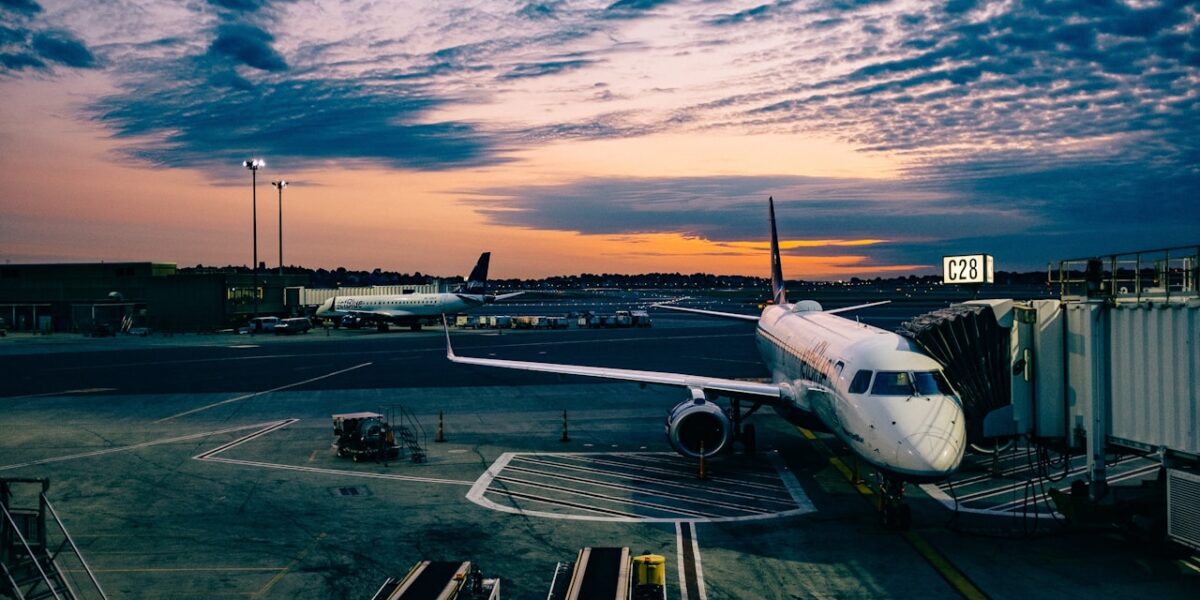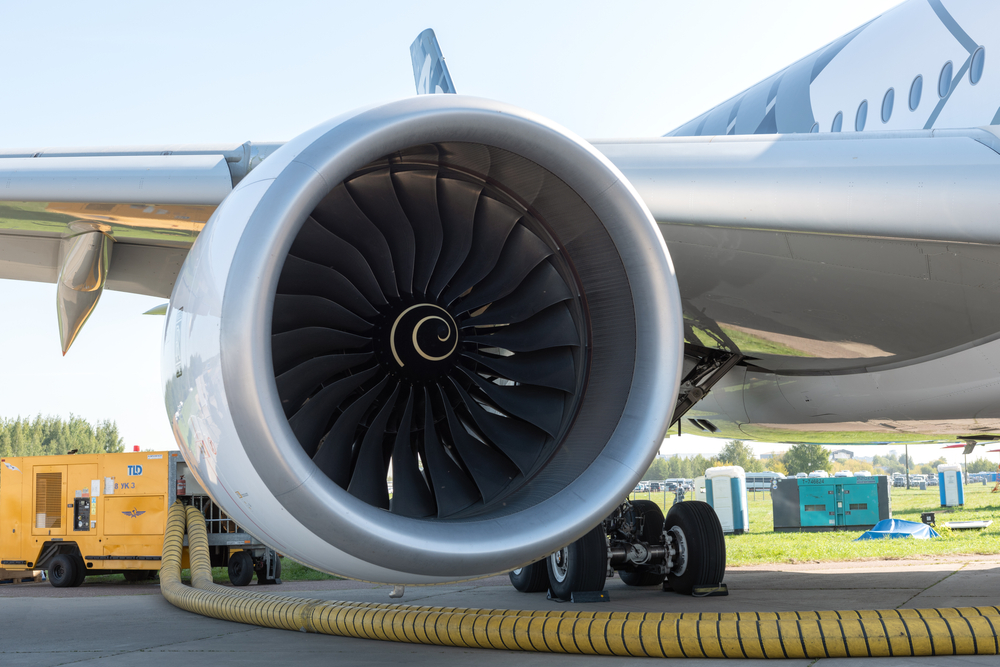A321 vs 757
A321 vs 757
The Airbus A321 and Boeing 757 are both prominent aircraft in the aviation industry. Each has its unique advantages and differences. This article delves into these aspects to understand how they compare.

History
The Airbus A321, the largest member of the A320 family, entered service in 1994. This aircraft was designed to provide similar capabilities to the popular A320 but with extended range and seating capacity.
The Boeing 757, on the other hand, made its debut earlier in 1983. It was developed to replace the aging Boeing 727 and to meet the demand for more efficient medium-haul flights.
Specifications
Airbus A321
- Length: 44.51 meters
- Wingspan: 35.8 meters
- Maximum Takeoff Weight (MTOW): 93,500 kg
- Range: 5,950 km
- Seating Capacity: Approximately 185 to 236 passengers
Boeing 757
- Length: 47.32 meters
- Wingspan: 38.05 meters
- Maximum Takeoff Weight (MTOW): 115,680 kg
- Range: Up to 7,250 km
- Seating Capacity: Approximately 200 to 280 passengers
Performance
The A321 is known for its fuel efficiency, benefiting from the Airbus A320 family’s advancements. Its lower operational cost appeals to airlines on short to medium-haul routes. The modern avionics and cockpit commonality with other Airbus models also reduce pilot training costs.
The Boeing 757 offers impressive performance in both range and payload. Despite being an older model, it excels on longer routes where shorter runway capabilities are essential. This makes it versatile for both transcontinental flights and transatlantic crossings.
Operational Use
The A321 primarily serves domestic and regional markets. Low-cost carriers favor the aircraft due to its availability in higher-density configurations, maximizing revenue on high-demand routes. It operates effectively in various conditions, including airports with shorter runways.
The 757’s robust design is suited for demanding operational environments. Many airlines deploy the 757 on routes requiring higher passenger and cargo capacity. It is also used for charter services and premium transcontinental flights due to its versatile configuration options.
Modern Developments
The A321neo, an upgraded variant, incorporates new engines and advanced aerodynamics. These enhancements further improve fuel efficiency and reduce noise. The A321neo LR and XLR versions extend the range capability, enabling airlines to open new long-haul routes.
Boeing ceased 757 production in 2004. However, the aircraft remains in widespread use. Airlines have considered replacements, but a direct successor is yet to be introduced. Boeing continues to support the existing fleet with updates and maintenance services.
Passenger Experience
The A321 offers a modern cabin environment with broader seats compared to older models. Airlines often include features like mood lighting and advanced inflight entertainment systems. The wide-body feel in a narrow-body fuselage improves passenger comfort on longer journeys.
The 757, while older, is praised for its spaciousness. Passengers benefit from a similar seat width and enhanced legroom, depending on the airline’s configuration. The aircraft’s power and climb performance also provide a smoother and quieter ride.
Economic Factors
The A321’s operational costs are attractive to airlines. Lower fuel consumption and maintenance costs lead to improved profit margins. Its commonality with other Airbus models reduces parts inventory and training expenses.
The 757’s operational expenses are higher due to its age and more significant fuel consumption. However, its ability to service unique routes maintains its value. Leasing costs for 757s can be competitive due to their abundance in the market.
Future Outlook
The A321neo variants continue to attract orders from airlines aiming to modernize their fleets and improve efficiency. With the adaptiveness of configurations and extended range, Airbus remains a strong contender in the narrow-body market.
The 757, lacking a direct replacement, still plays a vital role. Its versatility and performance keep it relevant, although airlines will eventually shift towards newer, more efficient models when available. The aviation community awaits potential announcements of a new successor.
Related Articles
Continue exploring:


